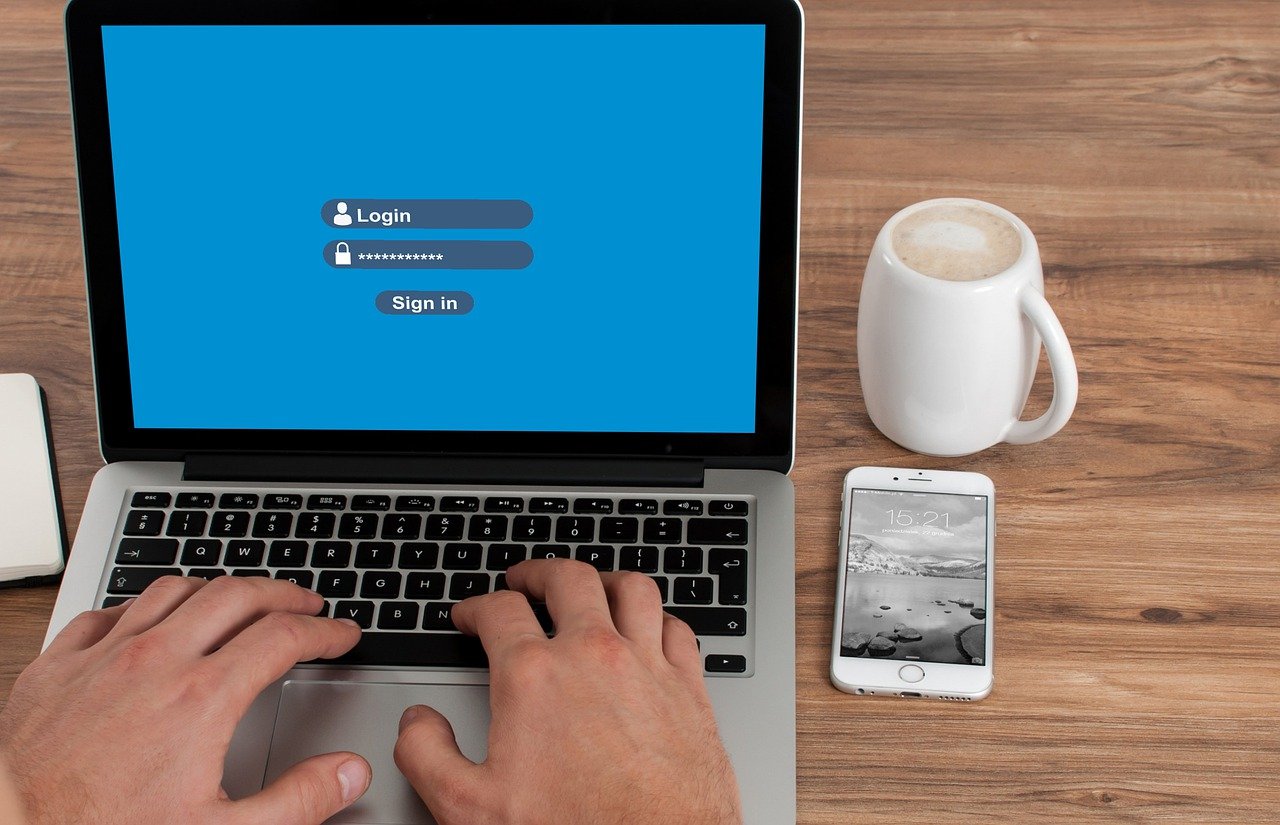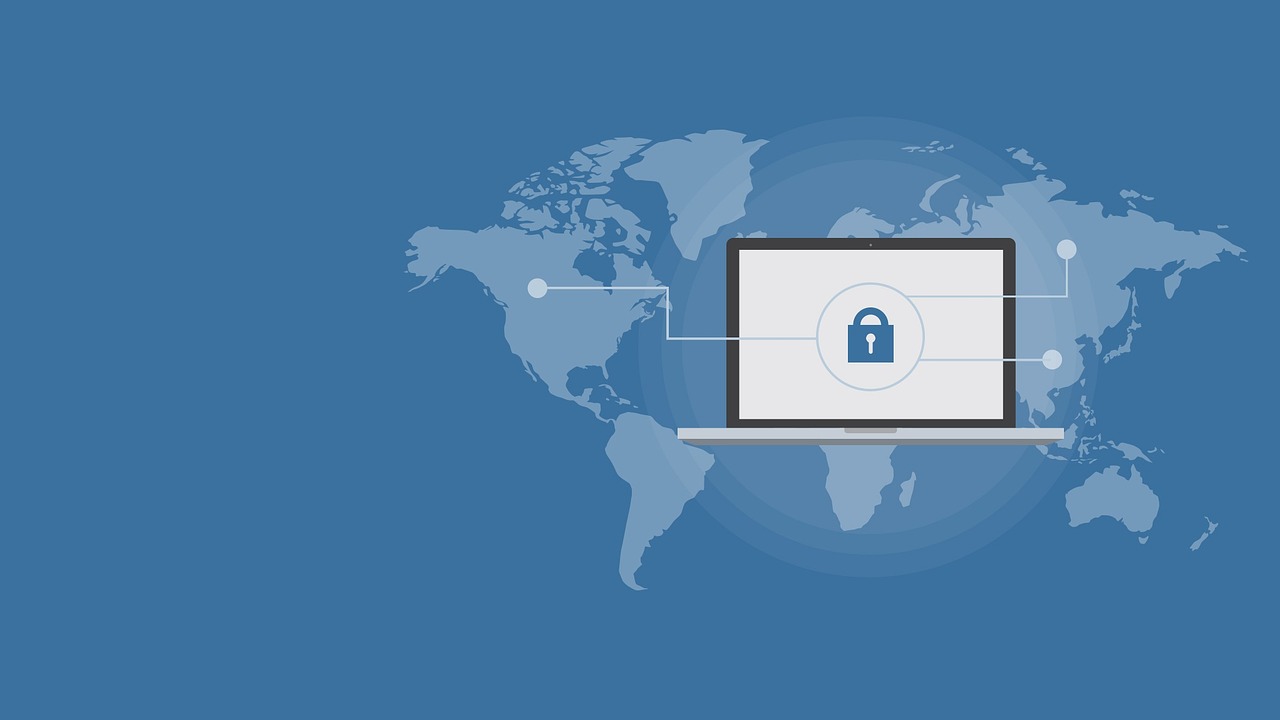How to Prepare Your Digital Life Legacy
Have you ever wondered what happens to online data when we pass away? It’s a morbid thought but also, perhaps, a necessary one.
Companies that care about consumer privacy use powerful methods to safeguard our data when we’re alive, such as encryption, restricted user access, and data clean room providers to securely analyze it.
But what do they do with personal data when we’re no longer here? Does it simply cease to exist? And how can you manage it to ensure you leave behind a positive digital life legacy after death?
The trick is to choose which parts of your digital footprint to delete, preserve, memorialize, or hand over to people you trust.
In this article, we explore three effective ways to prepare and leave behind a digital life legacy to be proud of, using next-gen password managers, personal domain email addresses, and legacy contacts.

1. Set up legacy contacts
If you want to allow people you trust to log into your email or social media accounts and manage your affairs after you’ve passed, it’s time to set up legacy contacts.
As the name suggests, ‘legacy contacts’ are there to protect your digital life legacy. They can do everything from downloading and safekeeping photos and videos to writing a farewell message on behalf of the departed.
In 2023, most major platforms allow you to add a legacy contact, using groundbreaking AI tools to guide users through this process.
For instance, Google’s Inactive Account Manager allows users to alert someone if they don’t log into or engage with its apps for a specific period of time. Google also has interactive voice response (IVR) artificial agents to make it as easy as possible for legacy contacts to access and manage the deceased user’s account (What is IVR, you ask? Then you might want to read the article linked to).
In contrast, some social platforms, like Twitter and Instagram, don’t have direct legacy contact options—but there are indirect ways to achieve the same effect. Deceased Twitter users’ families and friends can contact Twitter Support to deactivate their accounts. Similarly, Instagram lets users opt to memorialize accounts after someone passes by giving legacy access to their loved ones.
Legacy contacts ensure your fondest memories are preserved while being able to filter out and delete any unwanted comments or media. They also minimize the risk of online identity theft, as legacy contacts can change the deceased’s account password if it’s hacked.

2. Create an account inventory
Struggling to figure out the number of accounts that you require legacy contacts for? Then it’s time to create an account inventory. The idea is to list the passwords for all your accounts and the various devices logged into them. This includes everything from email accounts and social media profiles to online bank accounts, streaming services, and more.
If any of these accounts require two-step verification, make sure you add one of your legacy contact’s numbers so they’re able to receive the necessary codes to access your accounts.
Moreover, if any of your devices have the potential to be infected by viruses that might compromise your data and PC control (such as the Mac Marquis virus), make a note of this and try to safeguard against it. This will ensure your legacy contact doesn’t accidentally log into the device and grant malicious parties access to your data.
Creating an account inventory makes it much easier to prioritize and figure out how you want your accounts to be handled after you’ve passed. It also makes it simpler for legacy contacts to manage your digital footprint, as all your information is in one place.

3. Use a password manager with emergency access features
Password managers are your one-way ticket to online security and privacy. They create and auto-fill strong passwords on websites and apps before syncing them across your devices.
But how do they help people protect their digital life legacies? The answer’s simple—some password managers have emergency access features that allow users to grant trusted people access to their log-in credentials in case they pass away.
In other words, if you die but have previously set up emergency access in your password manager, you give trusted people the ability to log in to crucial services you use, such as your banking apps.
You also add an extra layer of security should your legacy contacts get locked out and find themselves unable to log into your social media accounts (since they’ll still be able to discover your password).

4. Create a secure domain email address
Have you ever thought about how many online services you log into using your email address as the username? This list has the potential to include everything from bank accounts and social media platforms to subscriptions for apps like Spotify and YouTube.
Why are these services important? The answer’s simple: they make up who you are. Here’s an example to illustrate this.
Suppose you give your brother your email username and password to manage the above-mentioned services for you in the event that you pass away.
The week after your death, your brother decides to share your email thread with him along with your favorite songs and photos during a memorial night. He wants the people closest to you to reminisce and remember you—but the email provider has changed their terms of service and the account is deactivated.
This is the sort of frustrating scenario that can damage someone’s digital life legacy by locking away crucial reflections of their personality, such as their music taste. Fortunately, there’s an easy solution—secure your online accounts using a domain-specific email address (such as [email protected]).
All you need to do is buy a new domain, set up an email address, and link your accounts to it. Once this is done, simply give your trusted loved ones access to this before passing, so they can share, transfer, delete, or retrieve data from your account and email after you’re gone.

Preparing your digital life legacy starts today
Your digital life legacy shows people who you were and what you cared about after you’re gone, so don’t neglect it.
To keep it safe, set up legacy contacts, use a password manager with emergency access, and create a secure domain email address to manage your accounts. This way, you won’t have to worry about your digital legacy once you’re gone. Technology news and reviews can be found online providing information on the latest developments in products and the IT industries.


